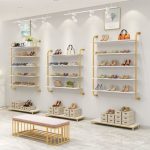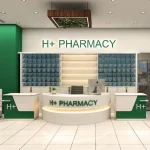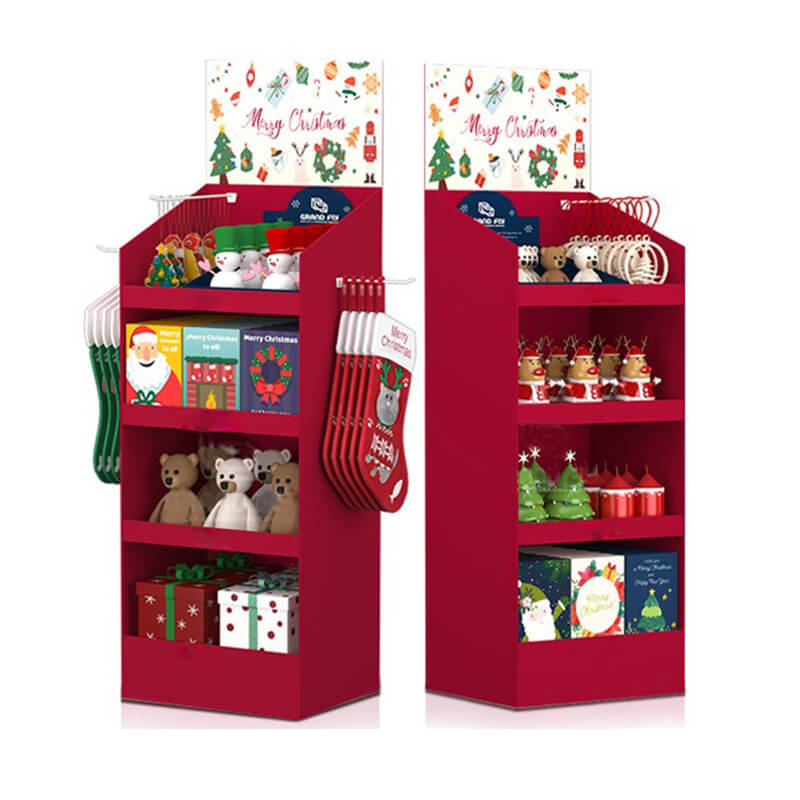
As a business owner or marketer, you’re constantly seeking innovative ways to captivate your audience and drive sales. One effective strategy that has proven its worth time and again is the implementation of Point of Purchase displays. These eye-catching displays are strategically placed within retail environments, enticing customers to make impulse purchases or reinforcing brand awareness. In this comprehensive guide, we’ll delve into the world of POP displays, exploring their benefits, types, and best practices for creating impactful and memorable campaigns.
What is Point of Purchase Display
A POP display is a marketing tool designed to grab the attention of potential customers at the precise moment when they are making purchasing decisions. These displays are strategically positioned within retail environments, such as supermarkets, department stores, or specialty shops, with the primary goal of influencing consumer behavior and driving sales.
POP displays can take various forms, ranging from freestanding units to counter-top displays, shelf talkers, and even interactive digital screens. Their purpose is to create a visually appealing and informative presentation that showcases products, highlights special offers, or reinforces brand messaging.
Benefits of POP Display
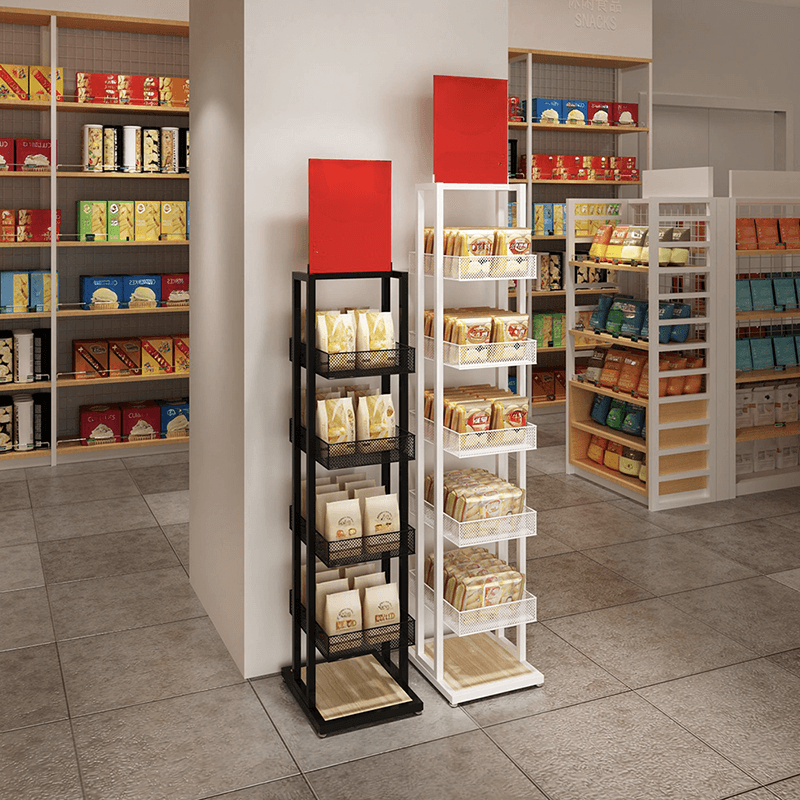
Point of Purchase (POP) displays offer numerous advantages for brands and retailers looking to enhance product visibility and drive sales. Here are some key benefits:
Attracts Attention
POP displays are designed to stand out in a retail environment, capturing the shopper’s eye more effectively than standard packaging. This increased visibility helps products get noticed, especially in high-traffic areas like checkout counters and aisle ends.
Encourages Impulse Purchases
A significant portion of purchasing decisions—up to 82%—are made in-store. POP displays capitalize on this behavior by prompting unplanned purchases at critical decision-making moments.
Enhances Brand Awareness
By prominently featuring a brand’s products, POP displays help create familiarity and reinforce brand messaging. This is particularly effective for new products or seasonal promotions, making them more memorable to consumers.
Cost-Effective Marketing
Compared to traditional advertising methods, such as television commercials, POP displays are relatively inexpensive. They allow brands to promote their products at a lower cost while still reaching a large audience effectively.
Increases Sales
The strategic placement of POP displays can lead to higher sales volumes. By highlighting specific products or promotions, they encourage customers to buy more than they initially planned, thus boosting overall revenue.
Supports Product Education
Well-designed POP displays can provide essential information about a product, helping customers make informed decisions without needing assistance from sales staff. This is particularly beneficial in complex categories where consumers may have questions.
Flexibility and Modularity
Many POP displays are temporary and modular, allowing retailers to easily change them out based on current promotions or seasonal products. This adaptability ensures that the display remains relevant and engaging over time.
Improves Customer Experience
By creating visually appealing and interactive displays, retailers can enhance the shopping experience. Engaging displays can encourage customers to explore products further, leading to increased satisfaction and loyalty.
POP (Point Of Purchase) Vs. POS (Point Of Sale)
Understanding the differences between Point of Purchase (POP) and Point of Sale (POS) is crucial for effective retail marketing and merchandising strategies. Both terms refer to important aspects of the shopping experience, but they serve distinct purposes and are located at different points in the customer journey.
POP
POP refers to the area within a retail environment where customers make decisions about purchasing products. This includes various marketing materials and displays designed to attract attention and encourage purchases. POP displays can be found near the merchandise they promote, such as promotional stands in aisles or endcaps showcasing special offers. The primary goal of POP is to influence customers’ buying decisions before they reach the checkout.
POS
POS refers specifically to the location where a transaction occurs, such as a checkout counter or an online checkout page. This is where customers finalize their purchases, and payment is processed. POS systems can also include hardware like cash registers or credit card terminals, which facilitate the transaction process.
Key Differences
Location
- POP: Located near the products being promoted, aiming to capture attention and encourage impulse buying as customers navigate the store.
- POS: Positioned at the checkout area, focusing on completing the sale and processing payments.
Function
- POP: Designed to inform and persuade customers about products, often featuring promotional signage, product information, and eye-catching displays.
- POS: Primarily concerned with the transaction itself, ensuring a smooth payment process and potentially offering additional last-minute purchase opportunities.
Size and Design
- POP: Can vary significantly in size and design, from large floor displays to small shelf talkers, often elaborate to attract attention.
- POS: Typically smaller and more compact, designed to fit limited space at checkout counters with concise messaging.
Types of POP Displays
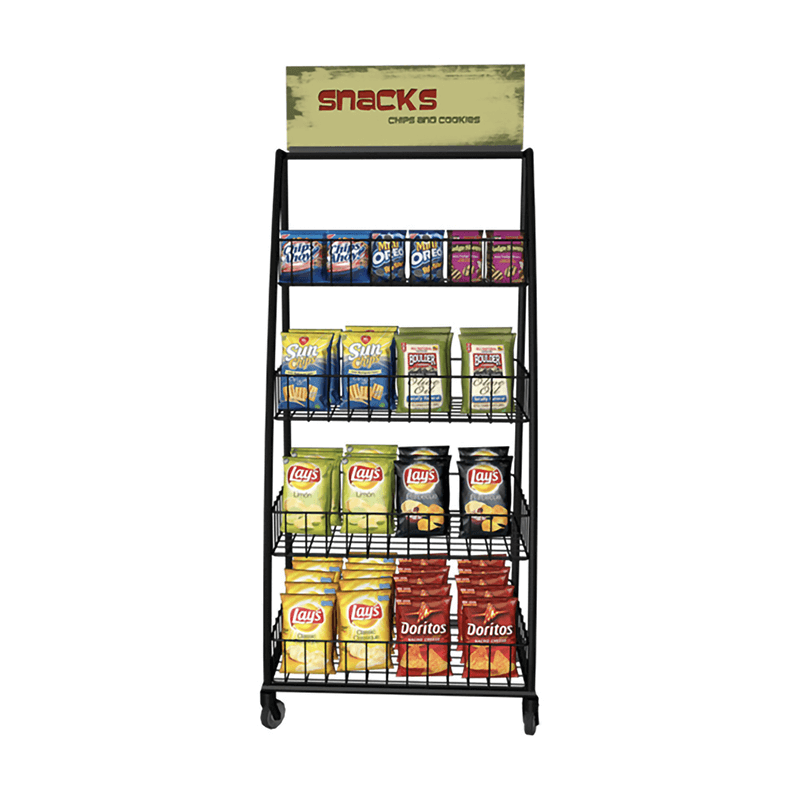
Point of Purchase (POP) displays come in various types, each designed to serve specific marketing goals and enhance product visibility in retail environments. Here are the main types of POP displays:
Temporary POP Displays
These displays are designed for short-term use, typically lasting a few weeks to a few months. They are often made from lightweight materials like cardboard and are ideal for seasonal promotions, product launches, or special offers. Their ease of assembly and disassembly makes them a popular choice for retailers looking to create urgency around specific products.
Semi-Permanent POP Displays
Lasting from three months to a year, semi-permanent displays are sturdier than temporary ones and are often used for ongoing promotions or to represent a specific line of products. They can be constructed from more durable materials and may feature enhanced designs that allow for customization over time.
Permanent POP Displays
These displays are intended for long-term use, often remaining in place for years. They are typically made from high-quality materials that can withstand the rigors of a busy retail environment. Permanent displays are commonly used to establish brand sections within stores or to showcase flagship products.
Floor Displays
Freestanding structures placed in central locations within retail stores, floor displays aim to catch buyers’ attention and inform them about products. They can be permanent or semi-permanent and are effective for increasing visibility, especially for seasonal items.
Pallet Displays
These displays combine the functions of display and shipping packaging. Available in various configurations (full, half, quarter pallets), they showcase multiple products and are often shipped pre-stocked directly to retailers. Pallet displays are particularly effective in club stores and high-volume retail environments.
Endcap Displays
Positioned at the ends of aisles, endcap displays benefit from prime visibility and high foot traffic. They are particularly effective for introducing new products or promoting seasonal items, as they capture shoppers’ attention at critical decision-making points.
Power Wing Displays
Also known as sidekick displays, these attach to store shelving or the sides of endcaps. They maximize space efficiency and can be converted into freestanding units if needed. Power wing displays are particularly useful in environments with limited square footage.
Display Trains
A creative configuration that combines multiple pallet displays into one cohesive unit, display trains can incorporate various products and vendors, making them an effective tactic for attracting customer interest.
Each type of POP display serves distinct purposes and is chosen based on factors such as marketing objectives, product type, and retail environment. By selecting the appropriate display type, brands can effectively enhance visibility and drive sales in-store.
Tips for creating effective POP displays
Creating effective Point of Purchase (POP) displays requires careful planning and execution to ensure they attract attention and drive sales. Here are some key tips to consider when designing your POP displays:
1. Eye-Catching Visuals
- Use Bright Colors and High-Quality Graphics: Incorporate bold colors and visually appealing graphics to grab shoppers’ attention. The design should reflect the brand and convey the main messages about the products being advertised effectively.
- Create Memorable Experiences: Ensure that the display is unique and “insta-worthy” to encourage social sharing, which can enhance brand visibility beyond the store.
2. Clear Messaging
- Concise and Compelling Copy: The messaging on the display should be straightforward and communicate the key benefits of the products clearly. Highlight any promotions, discounts, or unique features that may persuade consumers to make a purchase.
- Use Signage Effectively: Ensure that any signage is easy to read from a distance, using large fonts and simple language to communicate essential information quickly.
3. Strategic Placement
- Position in High-Traffic Areas: Place displays in locations where they will be easily seen, such as near entrances, checkout areas, or at the ends of aisles. This maximizes visibility and increases the likelihood of customer engagement.
- Consider Product Relevance: Ensure that the displayed products are relevant to nearby merchandise or seasonal themes, which can help maintain customer interest and relevance.
4. Keep It Simple
- Avoid Overcrowding: Focus on a few key products rather than trying to showcase too many items at once. A clutter-free display allows customers to make quicker decisions and reduces decision fatigue.
- Simple Assembly: Design displays that are easy for retail staff to assemble and maintain. Complex designs may lead to poor implementation or even abandonment of the display altogether.
5. Regular Updates
- Rotate Products Periodically: Keep displays fresh by regularly updating the featured products based on seasons, holidays, or new arrivals. This encourages repeat visits from customers who want to see what’s new.
6. Quality Materials
- Choose Durable Materials: Depending on whether the display is temporary or permanent, select materials that will withstand handling in a retail environment without losing their appeal. For example, use sturdy materials for semi-permanent displays that need to last longer.
7. Incorporate Technology
- Utilize Digital Displays: Consider integrating digital elements such as screens or interactive components that can provide dynamic content and engage customers more deeply with your brand.
8. Test and Measure Effectiveness
- Gather Feedback: After implementing your POP displays, collect data on their performance through sales metrics or customer feedback. This information can guide future improvements and help refine your approach.
By following these tips, you can create effective POP displays that not only attract attention but also enhance customer engagement and drive sales in retail environments.
Challenges with POP Displays
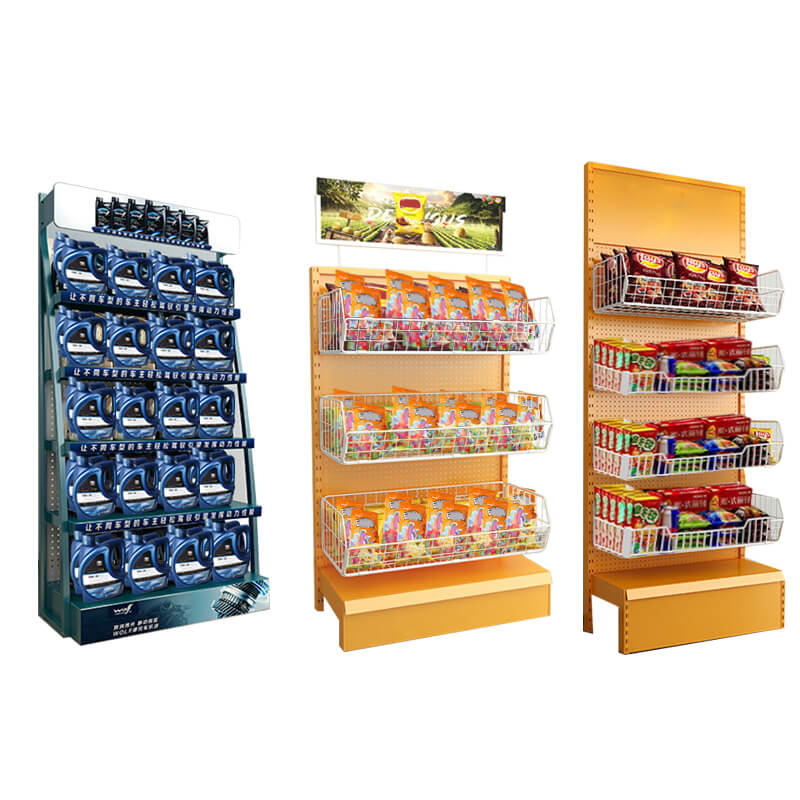
While POP displays offer numerous benefits, businesses may face certain challenges when implementing them. Here are some common challenges and strategies to overcome them:
- Clutter and Competition: Retail environments can be cluttered with various displays and advertisements, making it challenging for your POP displays to stand out. To combat this, focus on creating visually striking and unique displays that capture attention amidst the competition.
- Limited Space: Some retail locations may have limited space for POP displays, requiring careful planning and design to maximize impact within the available area. Consider compact or modular displays that can be easily reconfigured or relocated as needed.
- Compliance and Regulations: Depending on the industry and location, there may be specific regulations or guidelines governing the use of POP displays. Ensure that your displays comply with all relevant rules and regulations to avoid potential issues or penalties.
- Cost and Budget Constraints: Designing and producing high-quality POP displays can be costly, especially for small businesses or those with limited marketing budgets. Explore cost-effective solutions, such as reusable or modular displays, and prioritize strategic placement to maximize return on investment.
How to measure the effectiveness of your POP Display
Measuring the effectiveness of your POP displays is crucial for understanding their impact on sales and customer engagement. Here are some methods to consider:
Conversion Rate
The conversion rate is one of the most critical metrics to track. It measures the percentage of shoppers who interact with a POP display and make a purchase. Calculate it by dividing the number of transactions generated by the display by the number of people who viewed it.
Engagement Rate
The engagement rate measures the percentage of people who interacted with a POP display compared to the number of people who saw it. A high engagement rate indicates the display is attracting attention and generating interest.
Sales Lift
Comparing sales of the featured products in stores with POP displays versus those without can quantify the sales lift. Look at the percentage increase in sales to gauge the impact of the POP display.
Gross Margin Return on Investment (GMROI)
GMROI takes into account inventory costs. Calculate it as: Annual sales minus cost of sales divided by inventory. An effective POP display can help move inventory faster.
Sell-Through Rate
The sell-through rate compares inventory received to what was actually sold. Calculate it as: Sales divided by stock on hand x 100. Compare sell-through in areas with vs without POP displays.
Customer Feedback
Gather feedback from customers on the display’s design, placement and featured products. Offer incentives for surveys or use social media to solicit input.
Get High Quality POP Displays from iYubo!
At iYubo, we understand the importance of impactful POP displays in driving sales and enhancing customer engagement. Our team of experienced designers and manufacturers specializes in creating high-quality, visually stunning POP displays tailored to your specific needs.
Whether you’re launching a new product, running a promotional campaign, or seeking to revamp your in-store marketing efforts, we have the expertise and resources to bring your vision to life. Visit our website to explore our portfolio, request a quote, or schedule a consultation with our experts. Let us help you elevate your brand and captivate your customers with unforgettable POP displays.
More Posts:
Top 10 Retail Display Manufacturers in UK
10 Top Acrylic Display Manufacturers USA
What is Visual Merchandising in Retail



